Features and Types of Mungo Anchors
A nylon plug is a kind of wall plug or screw anchor (dowel), which is used in attaching a screw in a porous or brittle kind of material. This kind of fastener is usually made up of plastic/fiber and us used to hold a screw in place.
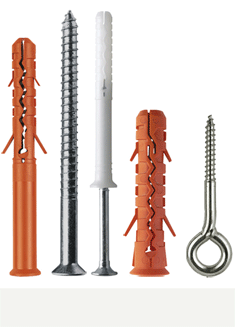
The nylon plug is mostly used where the surface is too thin and weak to render a strong grip for the screw threads. This kind of fastener is popularly known as Mungo anchors. The brand is quite popular in the market and most of the customers recognize the dowel by this name. The Mungo is a leading fastener manufacturing company, producing all sorts of screws and fasteners, even including the wall plugs.
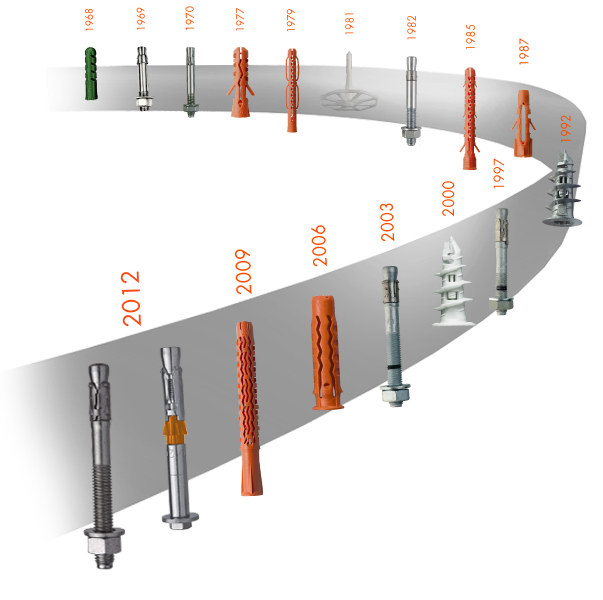
The Mungo nylon plugs are available in a variety of materials, types and prices and are used for both heavy-duty as well as light-weighed applications.
Their functionality is similar to that of a nut, which comes along-with a bolt. The nuts prevent the screws from releasing out of the drilled holes. The nylon plugs, unlike the nuts can be placed into the wall and can be employed from outside of the wall or any other surface.
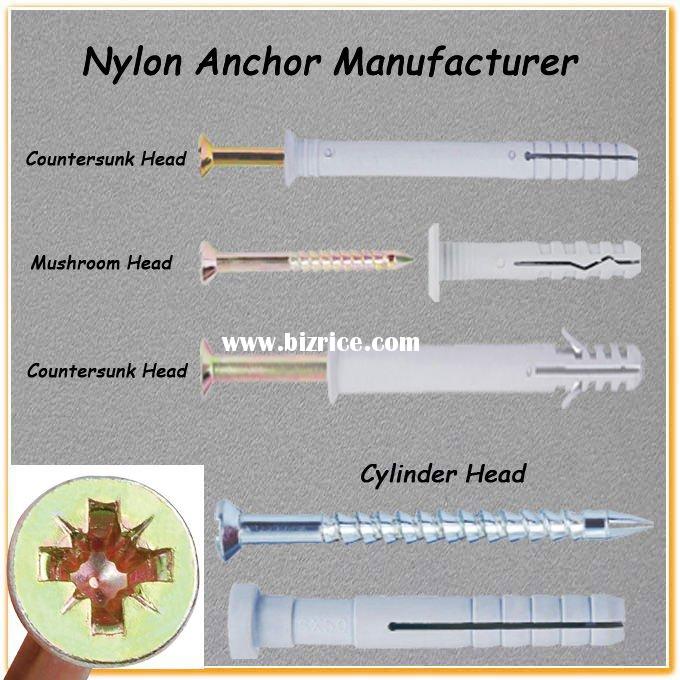
The Mungo anchors are available in various forms, but the most commonly used type is the tapered tube, which is made up of soft material, such as plastic. This particular type is secured loosely into the pre-drilled hole first and then a screw is inserted into it at the center.
While the screwing action of the rivet chunks the plug firmly into the hole, the soft material assures fastening to the masonry. Even these anchors are used to attach two objects in situations, where nails, adhesive and other fasteners do not work. These plugs also endure different levels of strength and can be used on various types of surfaces.
Check-out this video
The Mungo anchors are mostly used for hanging items on walls, and hence, they are also known as wall anchors or wall plugs. The drywall screws, which are used in modern day housing often breaks up too easily. The use of a screw anchor enables a stronger grip for the threads.
Sometimes, these nylon pieces are also known as “expansion anchors”, as these types of plugs render opposite-surface pressure that helps secure the screw in place.
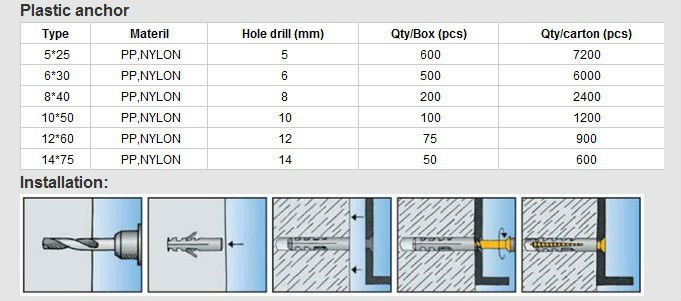
When the nylon plug is inserted into the surface, a part of it protrudes out from the drywall or any other surface, where the screwing is done. This exposed portion expands and becomes longer than the drilled hole. This kind of feature prevents the anchor from getting back to the hole.
History
Earlier, fixing was done on a masonry wall by cutting a groove into a channel into a soft mortar joint and by hitting on an unpolished wooden plug. This kind of process was time consuming and always required a large hole, thereby leading to patching work thereafter. Moreover, the location of the holes were only confined to the mortar joints.
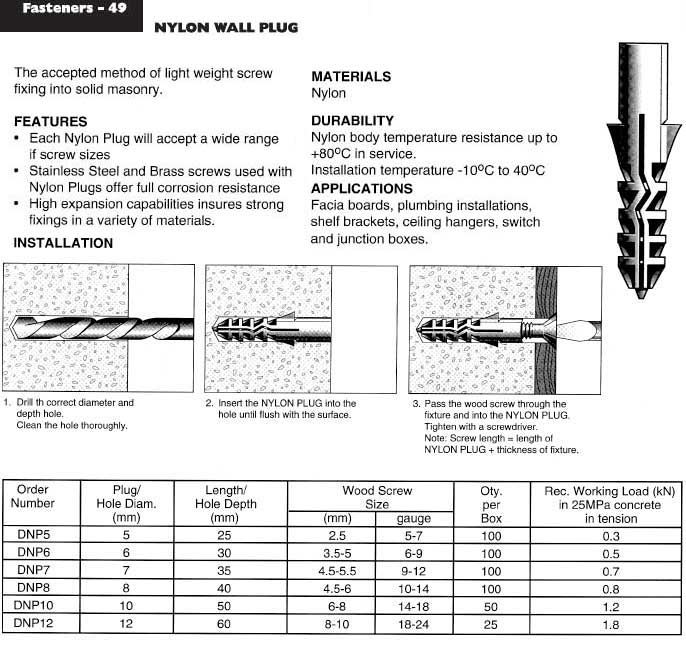
The nylon plug was designed in 1911 by Joseph Rawlings and became popular as Rawplug soon after the First World War. These plugs were at that time thick fiber tubes and were made up of parallel strings fixed with glue.
The most current design was designed by Arthur Fischer in 1958.
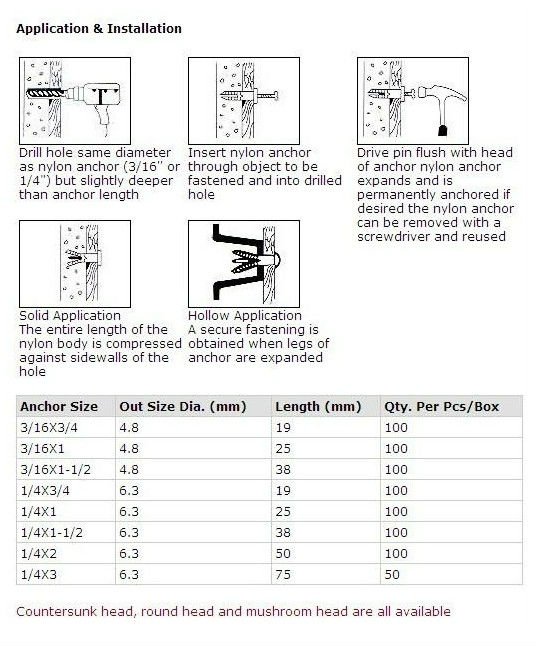
The Mungo anchors are widely available online. The best way to get those fasteners at cheap rates is by buying them online.
Other types of nylon plugs, designed especially for hollow walls, include toggle bolts and molly bolts.
Leave a Reply